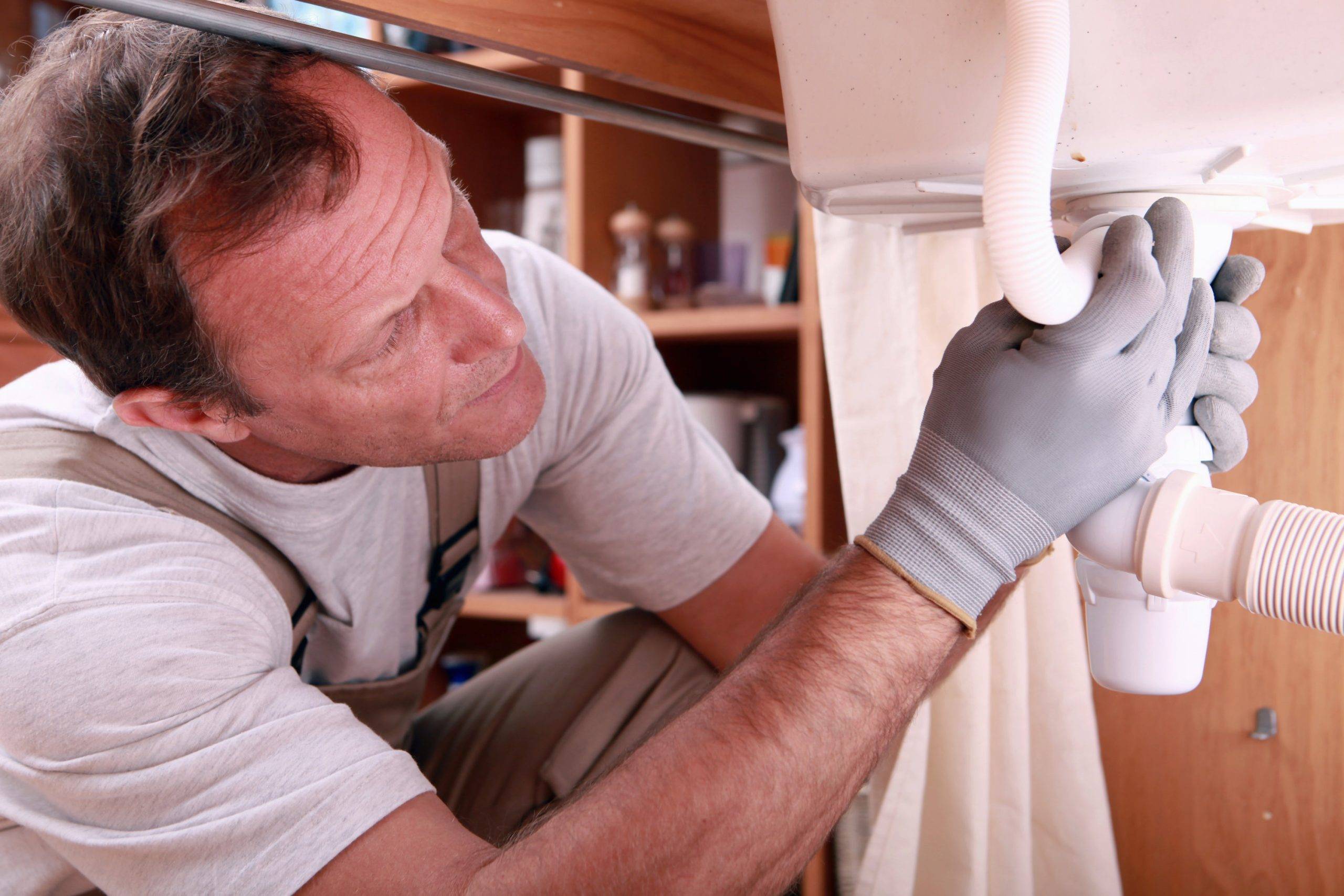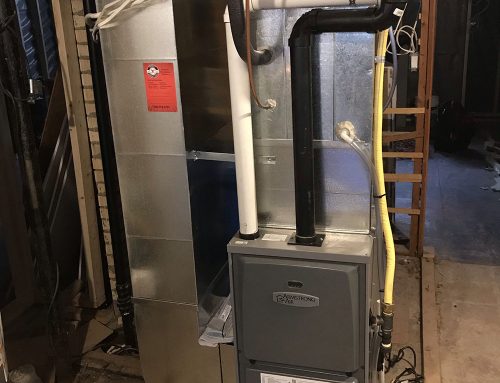Troubleshooting Plumbing Issues in Rental Properties: A Step-by-Step Guide
Troubleshooting Plumbing Issues in Rental Properties: A Step-by-Step Guide
Blog Article
Just how do you actually feel in regards to How to Handle Plumbing Issues in Rental Properties?

Handling pipes issues in rental buildings efficiently is vital for maintaining renter contentment and preserving the building's value. Whether you're a property owner or a building manager, understanding how to attend to these typical problems can save you money and time while making certain conformity with legal responsibilities. Right here's a step-by-step guide on just how to take care of pipes issues in rental residential or commercial properties.
Document Every little thing
Maintain comprehensive records of all reported pipes issues and the actions taken to fix them. Paperwork must consist of days, summaries of the trouble, interaction with lessees, and receipts from contractors or plumbings. This info can be important for insurance policy cases, tax obligation reductions, and lawful security.
Use Qualified Professionals
Constantly utilize accredited and insured specialists for substantial pipes repair services and setups. This makes sure that the job is up to code and can assist avoid liability issues in case of accidents or more damages. It additionally guarantees occupants that repair services are being managed properly.
Develop Clear Communication
Urge tenants to report any kind of plumbing problems as quickly as they happen. Give multiple communication channels such as phone, e-mail, or a tenant website to make it very easy for them to reach out. Trigger responses to these reports can protect against minor issues from intensifying right into major issues.
Inform Tenants
Inform your occupants about what makes up a pipes emergency situation and what does not. Offer standards on just how to deal with small concerns themselves, such as using a plunger to unblock a commode. Also, inform them regarding what they need to avoid putting down drains pipes to avoid clogs, such as oil, coffee grounds, and non-biodegradable things.
Routine Upkeep
Carry out a routine upkeep schedule for all pipes systems in your rental buildings. Routine checks can aid determine and resolve problems like leaks, sluggish drains pipes, or corroded pipelines before they come to be major. Consider employing a specialist plumbing to evaluate the homes annually or semi-annually.
Quick Action to Emergency Situations
Have a plan in position for replying to plumbing emergency situations. This should include having the call information of reputable pipes services that use 24/7 emergency fixings. Quick activity is important to lessen damages in circumstances like burst pipes or severe leakages.
Preventive Upgrades
Take into consideration updating older pipes systems and fixtures to much more modern, efficient versions. This can lower the regularity and intensity of plumbing issues and reduced lasting upkeep prices. It's likewise a marketing factor for potential renters who value upgrades and contemporary attributes.
Lessee Move-Out Inspections
Conduct comprehensive plumbing checks during move-out assessments to make certain that any kind of concerns are identified and dealt with prior to a brand-new lessee moves in. This prevents disagreements with brand-new lessees over pre-existing problems and ensures the residential or commercial property is in top condition.
Understand Legal Responsibilities
Know your legal responsibilities concerning plumbing and general residential or commercial property maintenance. Most jurisdictions require landlords to ensure their properties are habitable and that all plumbing systems remain in good working order. Failure to resolve significant concerns without delay can bring about lawsuits from occupants.
Renter Reimbursements
If a plumbing concern calls for instant interest and the tenant resolves the issue by themselves, have a clear plan in place for reimbursing prices. Make certain lessees understand they ought to obtain previous authorization for higher-cost repair work unless it's an absolute emergency situation.
Final thought
Handling pipes problems in rental homes requires an aggressive method and good interaction with occupants. By staying on top of upkeep, responding promptly to emergency situations, and using competent specialists, property managers can keep their properties in exceptional condition and keep great relationships with lessees.
How to Handle Water Damage in a Rental Property
What is Water Damage?
Water damage is harm or destruction caused by water entering areas where it is not supposed to be. It can be caused by a variety of sources and can manifest in different ways. The most common examples of water damage include:
Leaking roof Plumbing leaks Appliance malfunctions Poor drainage Flooding Sewage backup Condensation Tenant negligence HVAC system issues Frozen pipes Is water damage dangerous?
Water damage itself is not inherently dangerous, but it can lead to various hazards and health risks if not promptly and properly addressed. The severity of these risks depends on the extent of the water damage, the source of the water, and how quickly it is mitigated.
Some potential dangers associated with water damage include structural damage, mold and bacterial growth, electrical hazards, water contamination, and pest infestations. In situations where mold and mildew have gone unaddressed, mold can start to develop within 24-48 hours of water exposure, and this can impose a serious health risk to tenants. In particular, mold spores and damp conditions can lead to respiratory issues and even make existing health problems worse, such as allergies, asthma, or immune disorders.
Water Damage in an Apartment - Who is Responsible?
If the water damage is caused by the tenant’s negligence, the tenant is responsible for the cost of repairs. If the water damage is caused by a defect in the property, the landlord is responsible for the cost of repairs. If the water damage is a result of natural causes, such as excessive rain, then the landlord is responsible, since the water intrusion likely occurred due to a defect in the property. Landlord Responsibility water damage in rental property
Since maintaining habitability is the landlord’s legal responsibility, landlords are responsible for any resulting structural damage caused by water damage. These structural damages may include damage to walls, roofs, ceilings, and flooring. If water damage has affected the rental property’s original structure, the landlord is responsible for repairing or replacing those materials. Therefore, landlords should have property insurance that covers the structural components of their rental property so that they can receive help with the costs of covered events.
Preventative measures can also help landlords avoid massive renovations. Preventative maintenance may include conducting regular inspections to identify and address potential water damage before it becomes a major and urgent problem.
If a landlord fails to meet their responsibilities regarding water damage, it can lead to legal disputes and potential liability. Tenants who believe their landlord is not addressing water damage issues in accordance with California law can seek legal advice or contact local housing authorities for assistance.
https://www.goodlifemgmt.com/blog/water-damage-in-a-rental-property/

Do you really like reading about Plumbing Maintenance and Repair in your Rental Property? Give a remark down below. We will be happy to find out your thinking about this posting. We are looking forward that you come back again soon. Enjoyed our posting? Please share it. Let others locate it. Thanks for your time. Return soon.
Report this page